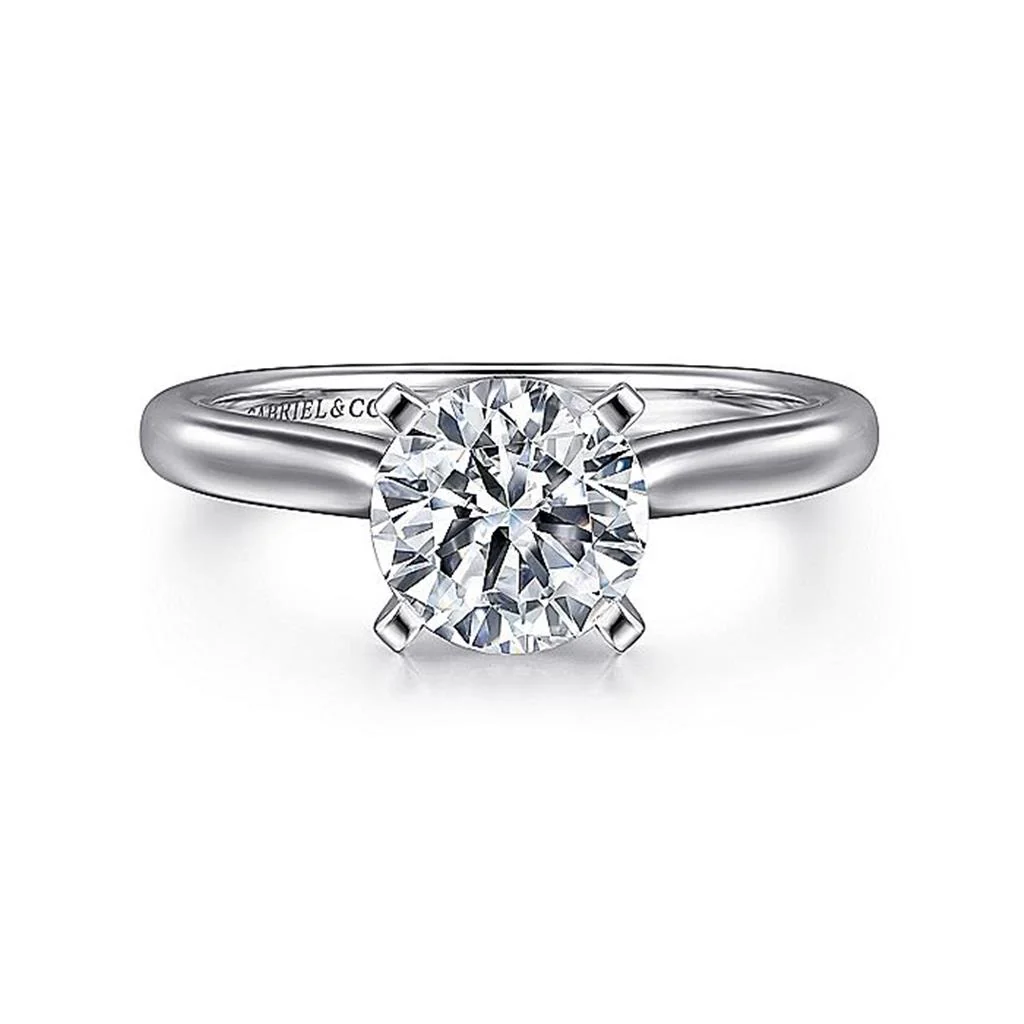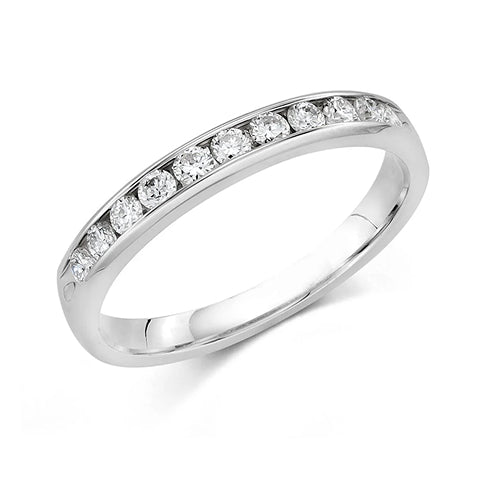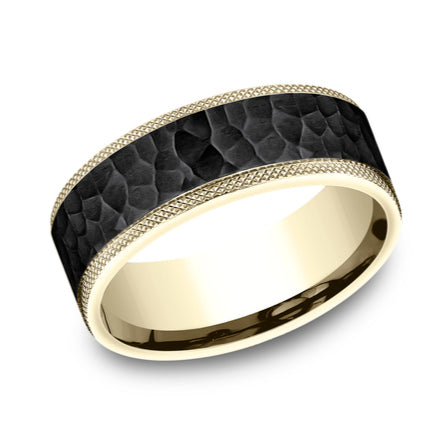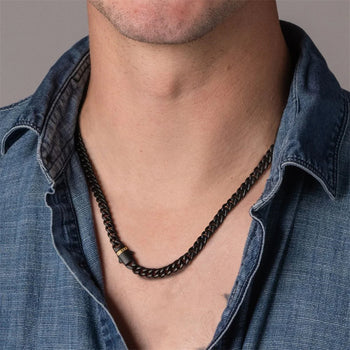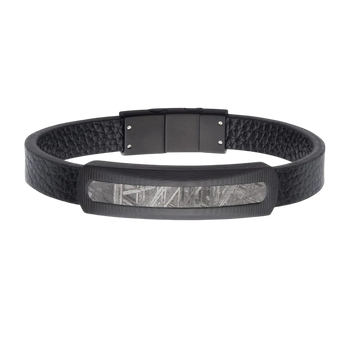
MAY BIRTHSTONE GUIDE: EMERALD
The Emerald is an unmistakable gem, and happens to be the official birthstone for May. Emeralds are rumored to have been around longer than humans, with the oldest emeralds dating back to nearly 3 billion years ago. The first known emerald mines were located in Egypt, but the name itself was derived from the Greek word “smaragdos”, which translates into “green stone”.
Modern historians agree that Emeralds, the May birthstone, was the first gemstone being traded in the markets of Babylon around 4000 BC. Their captivating deep sea green coloring has made them a favorite among royals. Queen Cleopatra had an affinity for emeralds and they were said to have graced many of her regal adornments. Ancient stories tell a tale of romance and lore.
Appropriately named the Cleopatra Emerald, when the queen ruled over Egypt she made a controversial decision to split her prized emerald down the middle and give half of it to Marc Antony, an infamous Roman autocrat. The priceless emerald was later found in the queen’s tomb some 100 kilometers from Alexandria, Egypt. While the Antony emerald was never found, the current owner of the Cleopatra emerald is Oliver Kelly III and is stored in a maximum-security Swiss safe deposit box.
The only gemstone to have a ‘cut’ named after it, emeralds are said to represent renewal and hope. Egyptians considered the May birthstone to have metaphysical properties and were thought to enhance cognitive health, memory and make you a master orator.
Ancient folklore suggests that by placing an emerald under your tongue it would give you psychic abilities and allow you to see into the future. Nero, the emperor of Rome, claimed it provided a calming effect so he preferred to watch brutal gladiator fights by gazing through an emerald.
If your birth month is in May, emeralds are not only the birthstone for the Taurus zodiac sign, but are also a lucky charm of Geminis as they fall at the end of the month. Emeralds were typically worn as a pendant or talisman because of its ability to protect the owner against demonic possession. Mysticism aside, emeralds are stunning to look at and are still a highly sought-after precious gem.
Where Are Emeralds Found?
Emeralds are found all over the globe, but the primary emerald deposits actively being mined are in Colombia, Brazil, and Zambia. Where an emerald comes from has a major impact on the pricing of the gemstone.
- Colombian Emeralds - Colombia is considered to have one of the most abundant resources for emeralds, arguably producing the finest in the world. The two most popular mines are located in Chivor and Muzo. The emeralds that are mined in Chivor tend to have a bluish-green hue, while the Muzo emeralds give off more yellowish tones. Chivor, located northeast of Bogota, is blanketed in thick vegetation and is topographically formidable. The terrain is comprised of shale and sandstone, which creates the ideal geological setting for emeralds to flourish. Emerald crystals are found in the veins throughout the areas of sediment that contain pyrite, quartz, and albite. Colombian Emeralds, also known as Jardin, have lightly-colored inclusions which are said to have the least amount of impact as it pertains to value.
- Emeralds of Zambia - Falling just short of Colombia’s excellence, Zambia is arguably the second-best location to mine for emeralds. Zambia is host to a handful of emerald mines but most of them are located in the Kafubu region, with the smaller and more recent mines popping up in the Musakashi area. The two areas produce significantly different emeralds that can be differentiated by the type of inclusions they have. The Kafubu mines produce emeralds that have phlogopite, iron oxide, and quartz inclusions. Kafubu emeralds can be easily distinguished because they have a greater RI, or refractive index, than the emeralds in Colombia. The color of Zambian emeralds is unlike Colombian or Brazilian emeralds. They have more of a blue and gray tone due to the chemical element vanadium being present.
- Brazilian Emeralds - Since the 1970s, Brazil has been a dependable source for emeralds. With commercially viable mines in Nahia, Goiás, and Rio Grande do Norte, the most impressive Brazilian mine is in Minas Gerais. Brazil doesn’t produce the most high-quality emeralds in the world, but they are still a major player. These emeralds typically have more inclusions and are darker in color, making them not as valuable as their Colombian counterparts.
- North American Emeralds - Although very few, there are notable emerald mines in the United States. Since the late 1800s, South and North Carolina have been home to smaller-scale emerald mines. From 1894 to the mid-1990s, Tiffany Co. and private investors owned and operated the Crabtree mine in North Carolina. The largest emerald, appropriately named the Carolina Emperor, was mined in North Carolina as well.
Emerald Care & Cleaning
Even though emeralds have one of the higher hardness ratings compared to other gemstones, a 7.5 on the Mohs scale to be exact, they still can get chipped if not worn or cared for properly. If you live a fairly active lifestyle, you may want to leave your emerald jewelry safely tucked in your jewelry box and only bring it out to play on special occasions.
Because emeralds are so precious, jewelry designers typically surround them with accent stones. Not only does that setting add beauty, but by surrounding the emerald with diamonds, it protects the May birthstone from side impacts.
As with any gemstone, emeralds should not be subjected to harsh or abrasive cleaning products. Keep in mind that the inclusions in emeralds vary. They may either be solid inclusions or even gas-filled inclusions. That’s why you should never use steam, a chemical cleaning solution, or any cleaning agent that has another organic solvent like petroleum. Even common jewelry cleaning solutions shouldn’t be trusted to properly clean your emerald jewelry. Another thing to avoid is ultrasonic cleaning equipment.
Simple tips to cleaning your emerald jewelry or stand-alone gemstone:
- Emeralds should be cleaned gently and with warm, NOT HOT, water
- Make a mixture of warm water and mild dish soap or detergent
- Let your ring or emerald to soak in the mild soapy solution for about 10 minutes
- Use a worn-out toothbrush head or soft dishcloth to gently remove grit and grime
- Rinse again with warm water and pat dry
- You should never over-wash your emerald. Once a year or less is sufficient
Even if you clean your emerald with great care, you eventually will have to take your May birthstone to a reputable jeweler to get professionally cleaned and polished. Emeralds are sometimes treated with fillers and dyes to correct visible imperfections. That is even more of a reason to not expose your emeralds to extreme heat or harsh chemicals, as it could ruin and tarnish the gemstone.
Jeweler’s Touch Is a Proud Retailer of High-Quality Emerald Jewelry
Since Jeweler’s Touch opened its doors in 1992, our team of GIA certified gemologists, accredited jewelry professionals, and skilled goldsmiths have been offering clients high fashion jewelry and exceptional engagement rings to punctuate the most memorable times in your life. You can rest assured that you are receiving the highest quality gemstones and educated jewelry advice from Jeweler’s Touch.
Although we are currently closed due to COVID-19 and State and Local mandates, we are available to answer any questions you might have for our team via our website and we will contact you as soon as we are able. You are also welcomed to call and leave us a message at (714) 579-1616. We appreciate all of our customers and look forward to reopening and seeing you all very soon. Follow us on Facebook and Instagram for updates.

